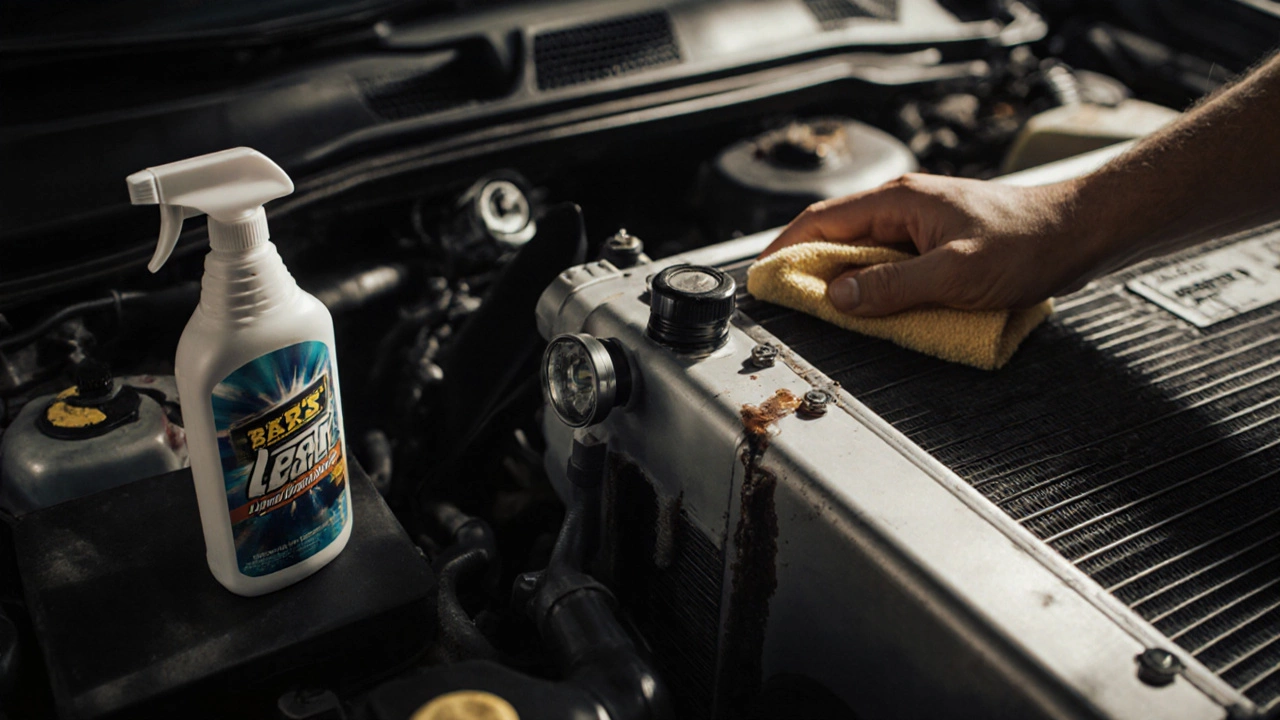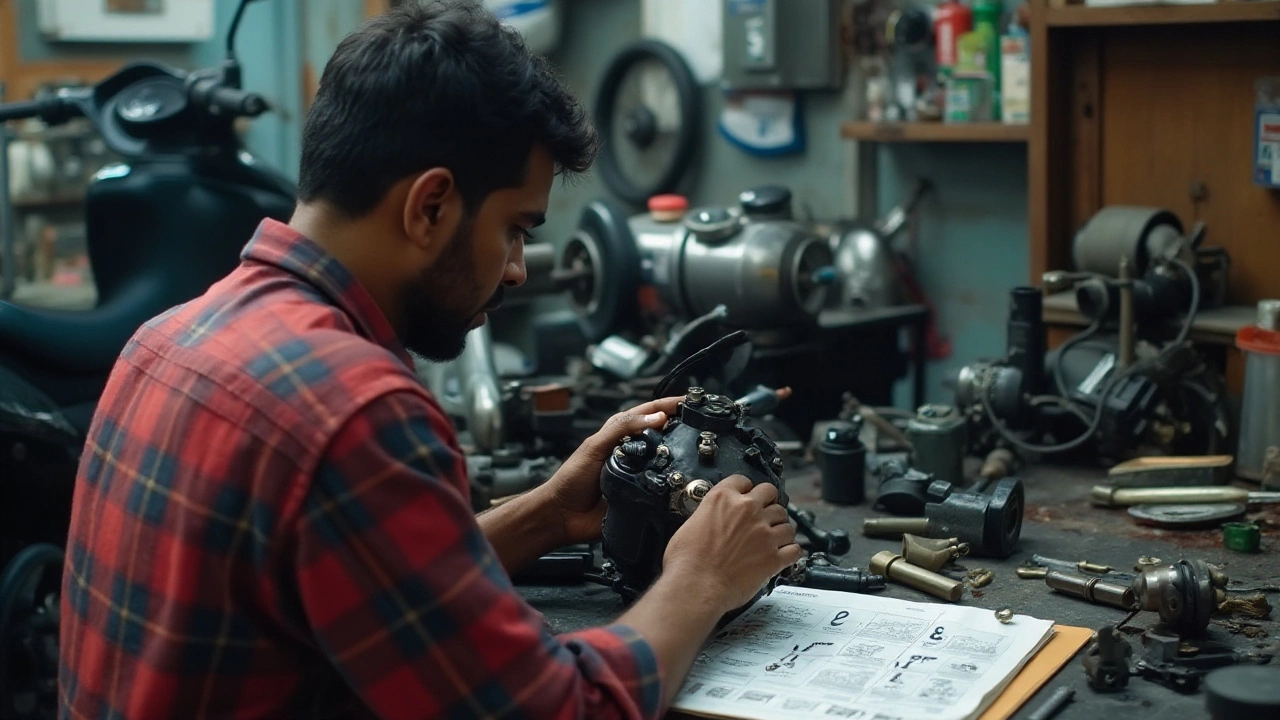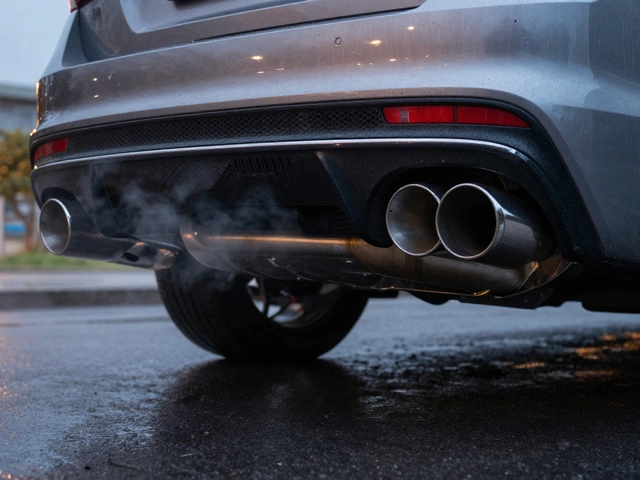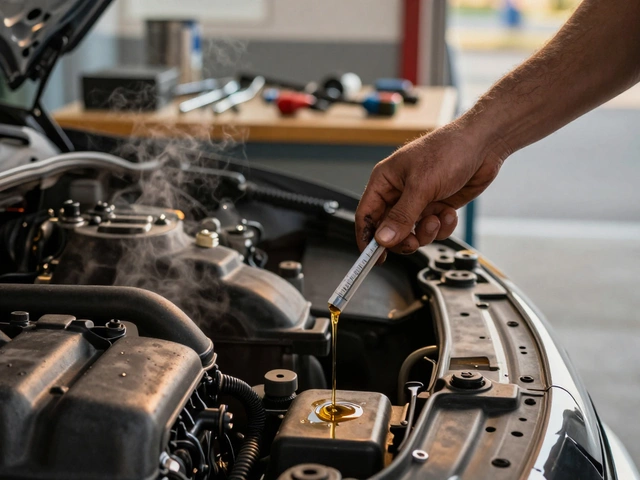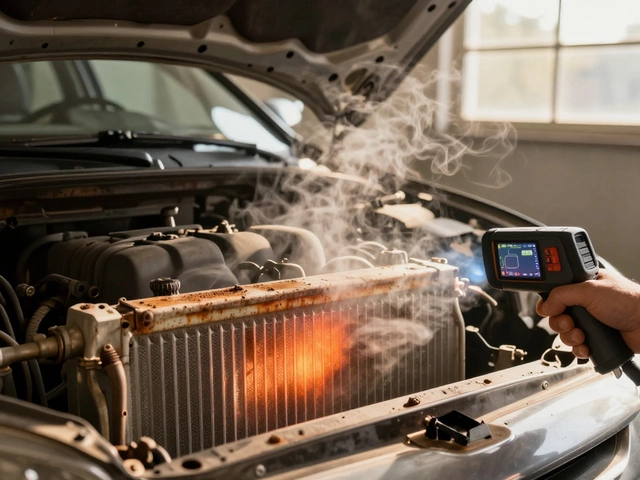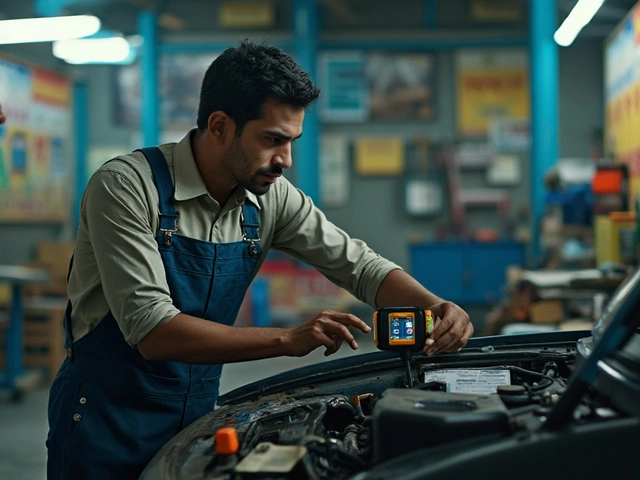Car Maintenance: Easy Tips to Keep Your Ride Running Smooth
Keeping a car healthy doesn’t have to be a mystery. A few simple habits can stop cheap fixes from turning into big bills. Below you’ll find the most useful checks and quick fixes that any driver can do.
First, set a basic schedule. Most manufacturers suggest an oil change every 5,000 – 7,500 miles, a tire rotation every 6,000 miles, and a brake inspection at least once a year. Write these dates in your phone or on a sticky note – the reminder alone saves a lot of hassle.
Engine oil is the lifeblood of your engine. Too little oil causes wear; too much can foam and reduce lubrication. Pull the dipstick when the engine is cold, wipe it clean, re‑insert, and read the level. If it’s below the low mark, add the right grade of oil – usually 5W‑30 for most cars.
Coolant keeps your engine from overheating. Check the reservoir when the engine is cool; the fluid should sit between the “low” and “full” lines and be a clear green or pink. A sweet smell or milky color means a leak or a head‑gasket issue – get it checked before the temperature gauge spikes.
Brakes are non‑negotiable for safety. Listen for squeaking or feel a soft pedal; these are warning signs. If the rotors are scored or the pads are less than a quarter inch thick, replace them. Swapping both pads and rotors together saves labor and gives a smoother stop.
Tires affect fuel economy and handling. Use a tire‑pressure gauge monthly; the correct PSI is listed on the driver‑door sticker. Rotate them every 6,000 miles to even out wear, and replace any with tread depth under 2/32 of an inch.
Windshield wipers aren’t glamorous, but blurry vision is dangerous. Measure the blade length (most owners’ manuals list it) and buy the exact size. Replace them when they streak or make chattering noises – typically every six months.
Battery health can be tested with a simple voltmeter. A fully charged battery reads around 12.6 V at rest. Clean any corrosion on the terminals with a baking‑soda paste and a brush, then tighten the clamps.
Lights are simple to check: turn them on and walk around the car. Replace any dim or flickering bulbs immediately. Most cars use LED bulbs now, which last longer and are easy to swap.
Filters (air, cabin, fuel) keep contaminants out of the engine and interior. Air filters should be inspected every 12,000 miles; a dirty filter reduces power and MPG. Cabin filters improve HVAC performance and are usually a cheap swap.
Everyday Checks That Save Money
Before you even start the engine, glance at the oil dipstick, tire pressure, and lights. These three checks take less than a minute and catch the most common problems early.
Next, listen to the engine as it idles. Unusual knocking or hissing often points to low oil, a vacuum leak, or a failing belt. Addressing it now can prevent a catastrophic failure later.
Tackle Common Problems Before They Grow
If you feel a vibration when braking, it’s likely the rotors are warped. A quick resurfacing at a shop can extend their life and restore smooth stopping.
Notice your car heating up quickly? Check the radiator cap and hoses for leaks. A loose cap can let coolant boil away, causing overheating.
Fuel‑pump issues often show up as hard starts or stalling at low speeds. A pressure test can confirm the problem before the pump fails completely.
Sticking a few minutes of DIY maintenance into your routine will keep your car reliable and your wallet happy. The more you know, the less you’ll have to spend on surprise repairs.
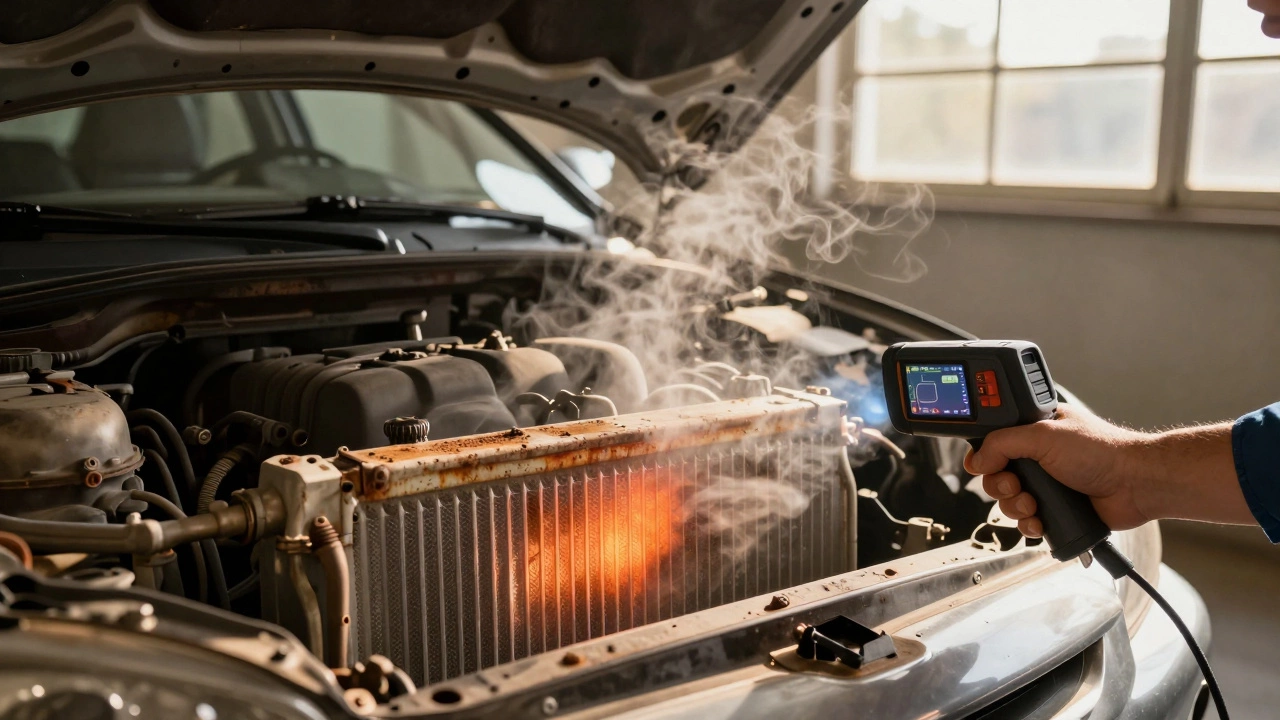
Is It Worth Upgrading Your Car Radiator?
Most car radiators don't need upgrading unless you're towing, modifying your engine, or overheating repeatedly. Learn when a radiator upgrade actually helps-and when it's a waste of money.
CONTINUE READING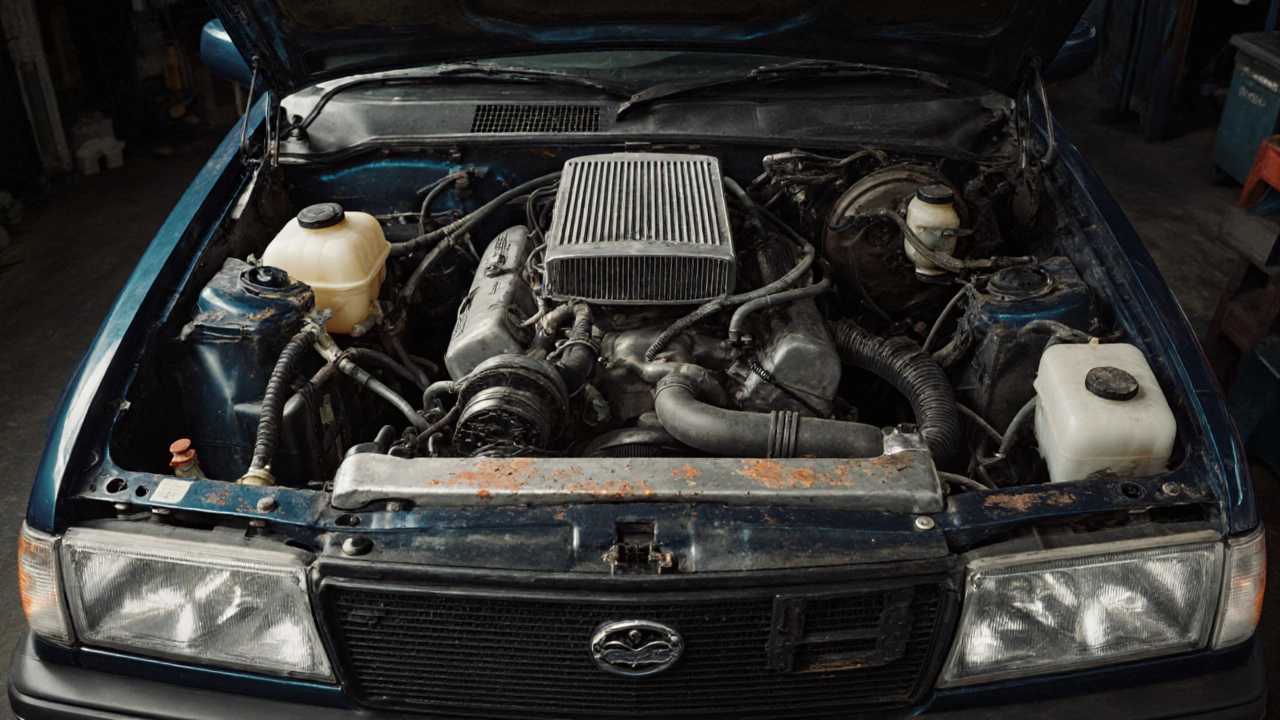
Why Are Car Radiators No Longer Used in Modern Vehicles?
Modern cars no longer rely on traditional radiators thanks to electric cooling systems, distributed heat exchangers, and smarter thermal management. Here’s why the radiator is being phased out-and what replaced it.
CONTINUE READING
Clutch Testing Guide: How to Check If Your Car's Clutch is Failing
Curious if your clutch is wearing out? This guide breaks down real-world clutch testing steps, warning signs, and tips for keeping your manual transmission happy.
CONTINUE READING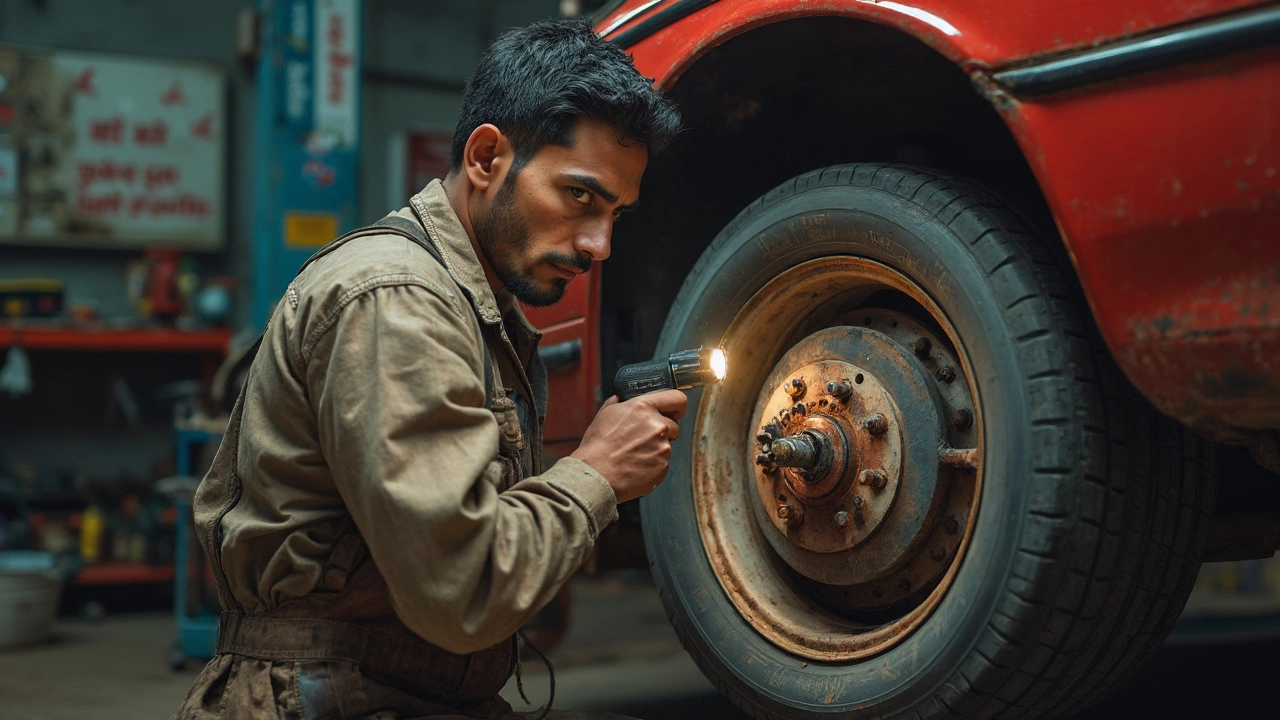
Brake Rotors vs Pads: Signs You Need New Ones and How to Tell
Brakes making noise? Wonder if it’s just the pads or something bigger like the rotors? Learn the real signs, tips from mechanics, and how to save money on car brake repairs.
CONTINUE READING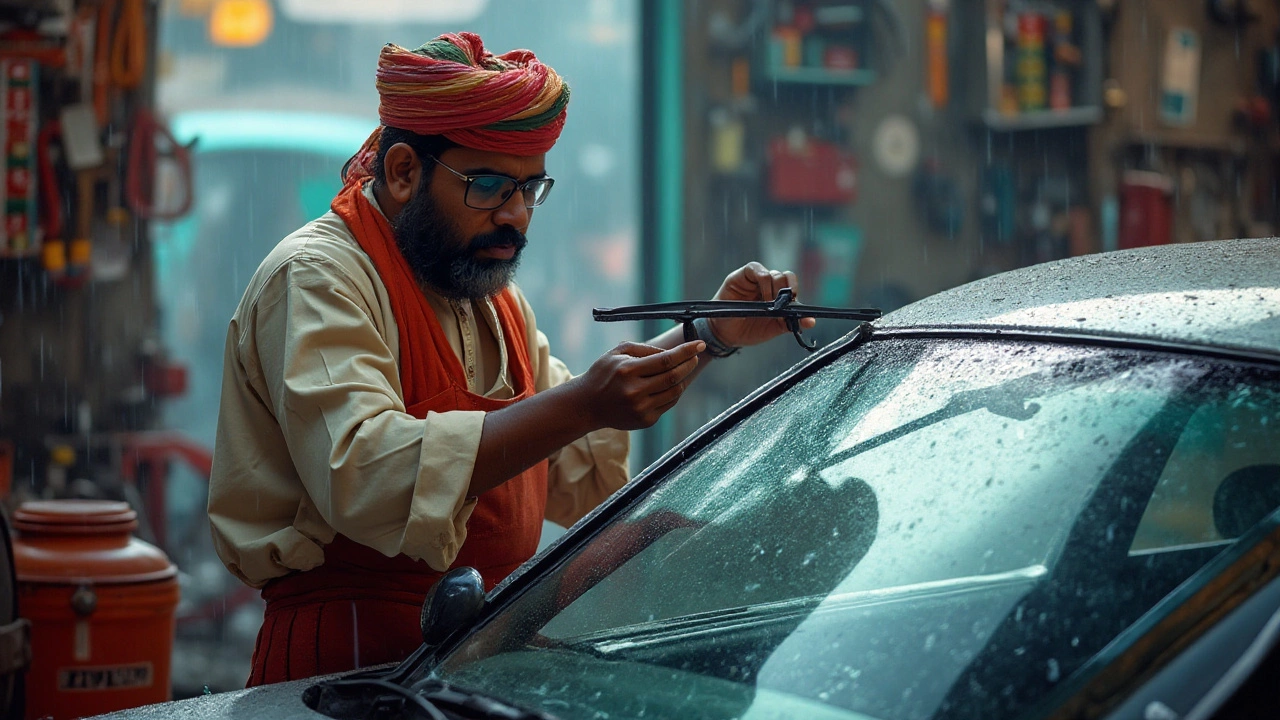
Choosing the Right Size for Your Windshield Wiper Blades
Understanding the correct size for windshield wiper blades is crucial for optimal performance and safety. The right fit not only ensures clear visibility during adverse weather conditions but also extends the life of both the blade and the windshield. This article explores the importance of choosing the suitable size, common misconceptions, and tips for replacing wiper blades accurately. With easy-to-follow guidance, it helps car owners maintain their vehicles effectively.
CONTINUE READING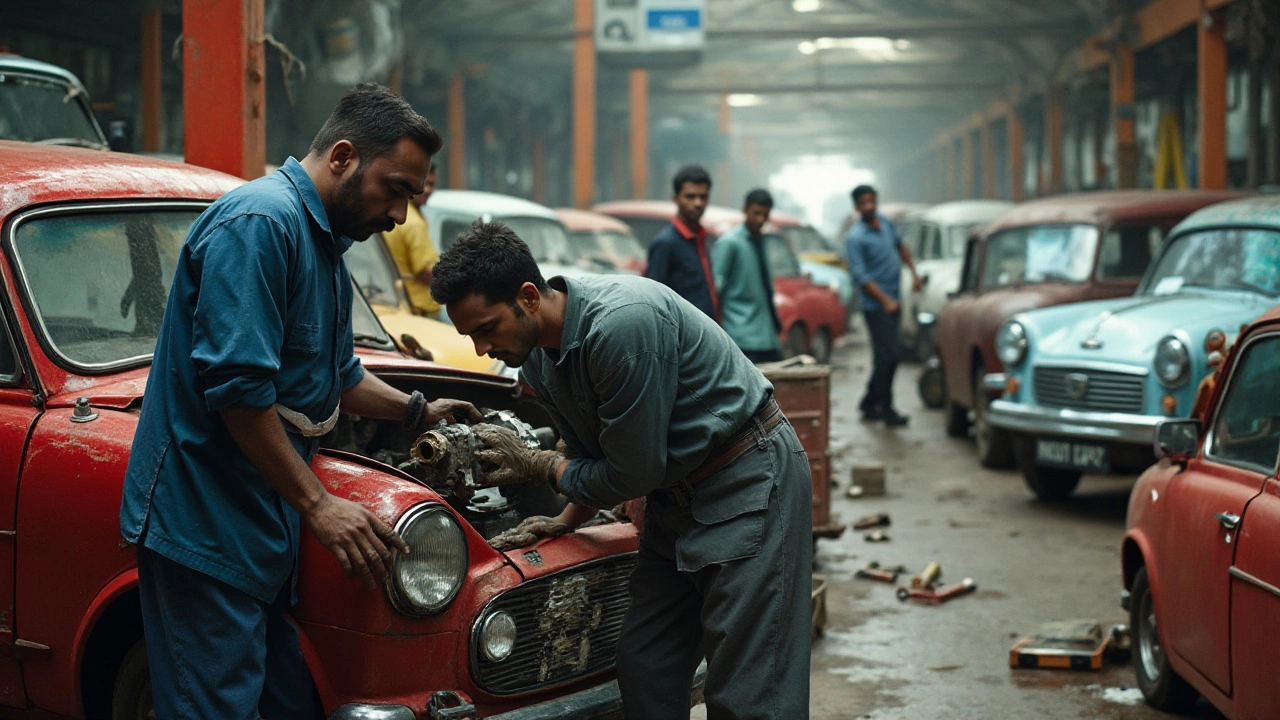
The Cost of Replacing a Car Radiator: What You Need to Know
Replacing a car radiator is a common maintenance task that many vehicle owners might face. Factors affecting the cost include the make and model of the car, the radiator type, and labor charges. While some might attempt a DIY replacement, it's important to weigh the risks against potential savings. Knowing when and where to purchase and replace your radiator can save you both time and money.
CONTINUE READING